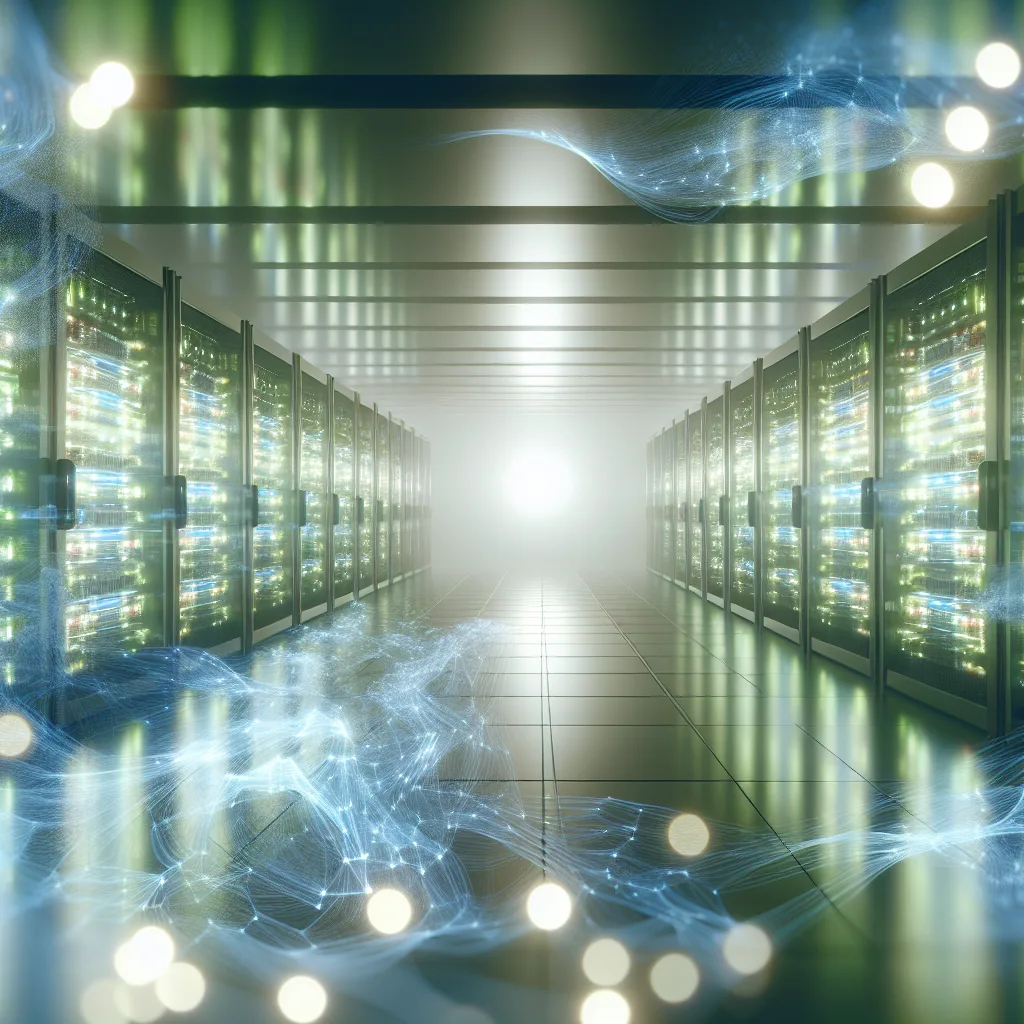Understanding the infrastructure challenges behind AI’s rapid growth and what it means for the future.
Lately, I’ve been thinking a lot about the AI industry challenges that are cropping up—not in the models themselves, but right under the hood where the hardware lives. You might think that AI’s biggest hurdle is coming up with smarter algorithms, but from what I’ve been reading and following, the real bottleneck is infrastructure.
Just recently, Sam Altman, the CEO of OpenAI, openly admitted they “totally screwed up” the launch of GPT-5. That caught my attention because OpenAI is normally tight-lipped about slip-ups. The core issue? It’s not the AI models lacking power—they actually have models stronger than GPT-5—but they can’t roll them out because the hardware just isn’t keeping up. Scaling AI to these heights means investing trillions into data centers, GPUs, and other specialized chips. That’s heavy.
Why is hardware such a tricky nut to crack? Right now, GPUs are the backbone of AI processing. They’re incredibly powerful but also costly and energy-hungry. Plus, there’s a shortage making it harder to get your hands on enough of them to train and deploy these large language models effectively.
This is where newer designs like NVIDIA’s SLM optimizations and Groq’s Language Processing Units (LPUs) come in. Instead of relying on brute force, these technologies aim for efficiency, which is exactly what the AI industry needs to grow sustainably. For a deeper dive on NVIDIA’s approach, their official research lab has some fascinating info NVIDIA SLM AI research. And if you want to understand Groq’s LPUs better, check out their explainer blog Groq LPUs explained.
On top of the hardware challenge, there’s another big elephant in the room: AI still hallucinates, meaning it sometimes confidently gives wrong or half-true information. Have you ever chatted with an AI bot and found yourself correcting it? I do that quite often! This makes it tough for businesses to trust AI as a reliable day-to-day tool without hefty human oversight.
So, the big question remains: can the AI industry innovate on chips and infrastructure fast enough to keep pace with the rapid improvement of AI models? If not, the race might not be won by the smartest AI, but by whoever nails the smartest energy and scaling strategy.
In the end, this is more than just a tech issue. It’s about making AI reliable, accessible, and sustainable in the long run.
For more context on the challenges and the investments needed, this article from Fortune lays it out well: Fortune article on OpenAI and data centers.
What’s your take? Do you think the AI industry challenges around hardware will slow down innovation, or will clever designs and energy strategies keep things moving forward?
Key Takeaways about AI Industry Challenges
- GPUs are essential but expensive and energy-heavy.
- New tech like NVIDIA’s SLM and Groq’s LPUs focus on efficiency over raw power.
- Even advanced AI models still produce errors causing reliability concerns.
- Huge investments in data centers and energy will shape AI’s future success.
Thanks for reading! Drop your thoughts or experiences with AI hardware or AI reliability in the comments.
